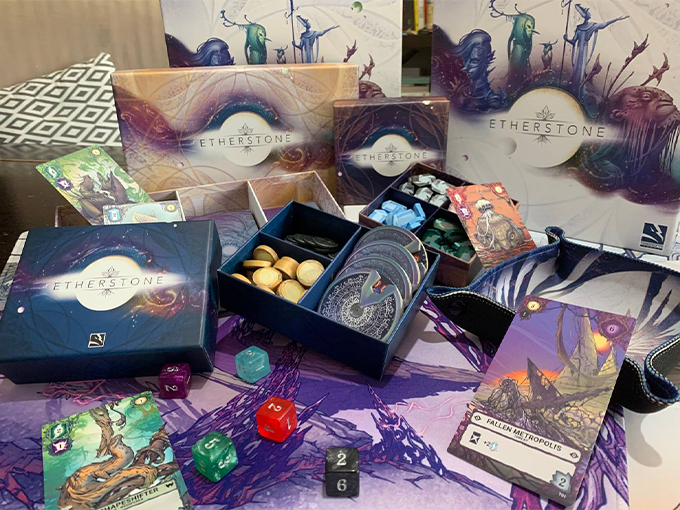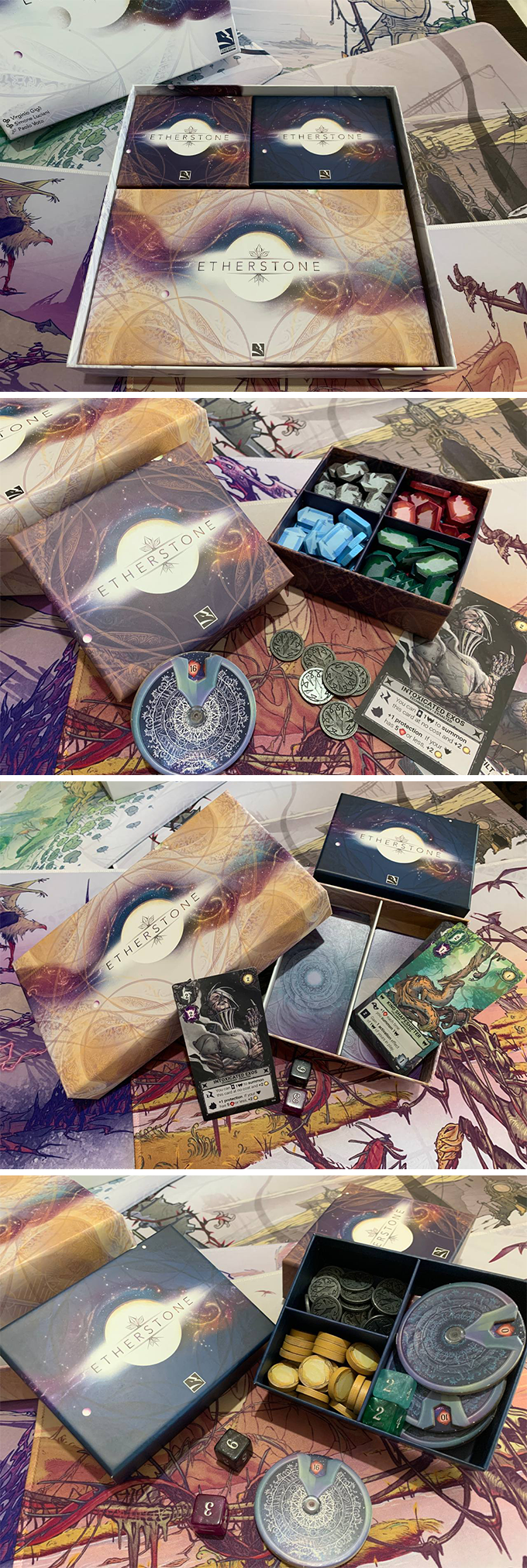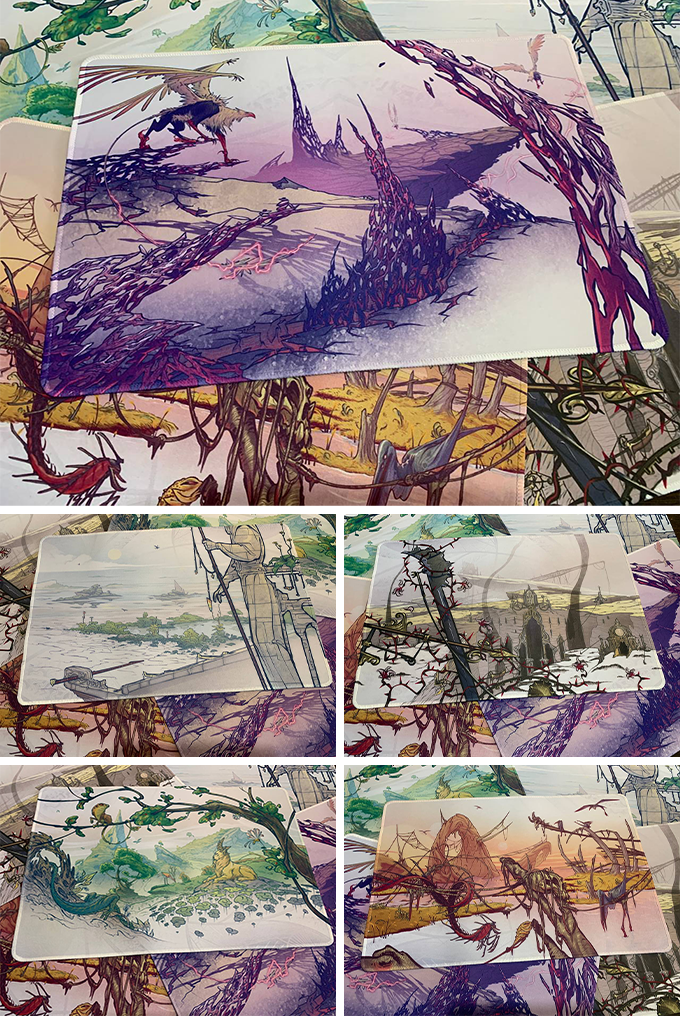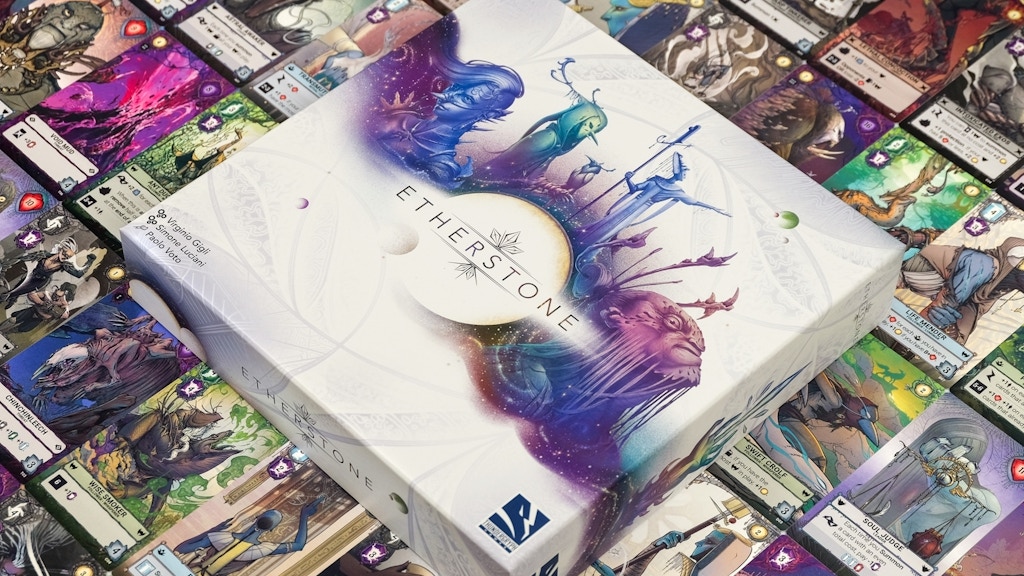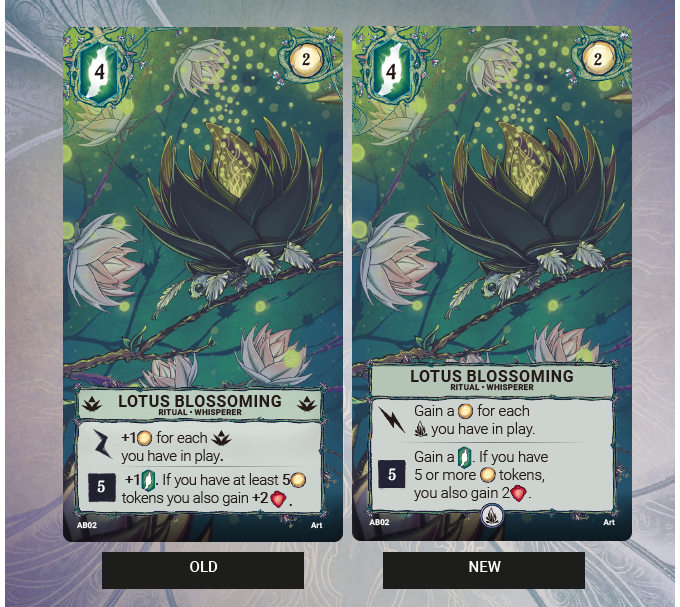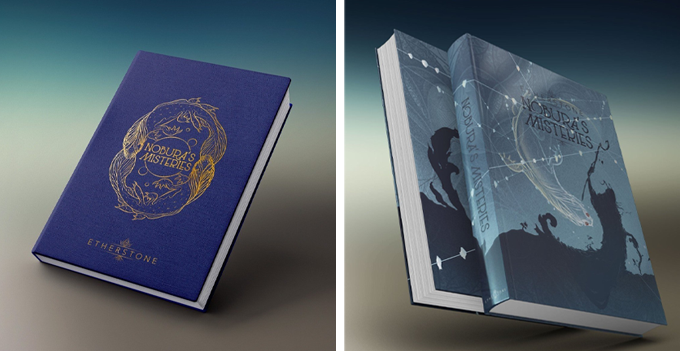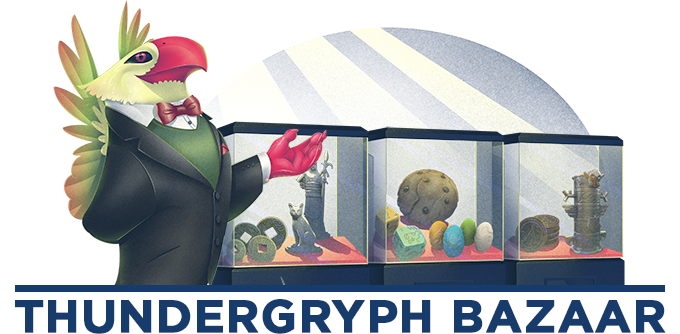Dev update and pledge manager date change
8 months ago
– Thu, Apr 25, 2024 at 10:11:32 AM
Dear Noburians,
We hope you are doing well!
We want to start this update with a photo we hope you will enjoy!
We believe we are quite advanced with the necessary changes and workflow to start the production of this game as soon as possible.
We recently received the pre-production of many of the items. First the modular system box. This is our first time doing this but we believe it is working very well. We are not using plastic, the cardboard of the boxes is structurally solid and the way everything fits inside the box is great.
We also received the playmats and dice tray along with the wooden and metal components.
We are applying a few small changes to these items and we believe one more pre-production of these will be necessary before approving to start mass production.
Katia Zhuang, our production manager, is in China right now to oversee the aspects of this production and we will have a conference call with Longpack next week.
Pledge manager date change
We are waiting for Backerkit’s approval to launch our smoke test and subsequently our official launch of the pledge manager. At this moment we are still working on the automatic assignment of the Council card for returning backers and looks like this is taking more time than expected, the Exclusive Life Dial has already been added and those of you who won a Council card during the campaign will be able to see it in your pledge rewards.
We are postponing the launch of the Bazaar until early next week. The Bazaar will have a duration of approximately 3 weeks.
Thank you so much for your patience and understanding, and we look forward to seeing what you think about the photos we shared.
Sincerely yours,
Everyone here at Thundergryph Games
Dev update and pledge manager
8 months ago
– Wed, Apr 17, 2024 at 07:26:50 AM
Dear Noburians,
We hope you are doing well and thank you while waiting for this first post-campaign update!
Your kind comments over the comment section were appreciated by all of us, and here are the 10 winners of the Council Cards, congratulations everyone!
1 Paul-chan | 2 Jake Myers | 3 Stephen | 4 Ian Wieserman | 5 Samantha |
6 Jens Agren | 7 BlackBile | 8 smiru | 9 Pedri10 | 10 TomR
We have been working hard on many different things related to Etherstone. We will try to keep your reading as short as possible, but please let us know which kind of update formats you prefer for the future.
Game Editing
We have a couple of things to cover. Jonathan Cox from JonGetsGames decided to rewrite the rules of Etherstone by changing the format and structure. The base game cards are not called Entity cards while Leader cards and Threat cards remain the same.
We have updated several keywords used in the rules and on the cards to add clarity.
We are starting to work on the Layout of the new rules that we will be able to share soon.
We have also updated the main iconography and created new icons for the card types: followers, rituals, and technology. You can see the updated list in the image below
We also updated all the language used on the cards and reworked the layout of all of them.
In a few cards as in the one below, text boxes have increased a bit to give more room for clarity. We updated the bottom section of the card too with an icon with the card type and have removed them from the title box.
Etherstone Book
The Etherstone Novel writing is also done, now we will undergo correction and then translation. We have also updated the inner hardcover and the sleeve for the book, this is how it will look like!
The Etherstone Novel will be available in the pledge manager along with four promo cards for 15€ (available in English, French, German, Italian, and Spanish).
Pledge Manager - Bazaar opening
The official Bazaar opening is 25th April 2024. You will be receiving an email from Backerkit with access to your pledge manager. One day before opening, we will perform a Smoke test with 5% of you to study the process closely and avoid problems when the launch happens.
Here is everything you can do in the Bazaar:
- Pay for the shipping cost of your pledge
- Select your preferred language for the game and the book
- Get any Etherstone add-ons you want
- Access to a limited quantity of past Deluxe Editions,
like Darwin’s Journey, Soda Pop, Iwari and more
- Choose your address for shipping and update it anytime
We hope you enjoyed this update and we will be talking with you next week for our Bazaar launch!
Sincerely yours,
Everyone here at Thundergryph Games
Thank you so much!
9 months ago
– Thu, Mar 28, 2024 at 11:00:37 AM
Dear Noburians,
We are ending the campaign so humbled by your amazing comments. You always surprise us with your kind words and it is thanks to you, that we can keep creating games that we feel are special!
We are leaving the contest for the Council Cards open until tomorrow and we are increasing the cards we will give away to ten!
Next week we will come back with the first update on how we are organizing the flow to make this game happen as soon as possible. Katia Zhuang, our production manager, is also traveling to China in April to have an informative livestream (and subsequent video for an update) on how we will proceed with the pre-production and manufacturing.
We also thank all of our future Council members as your help and opinions will be fundamental for the future of the game and the story of Nobura.
If you are here and arrived late for backing, no worries, the late pledge is livewith the same price as this campaign for a couple of weeks.
In our next update, we will have more instructions about the pledge manager and how to complete your pledge.
We thank you once again for your support of the campaign and we wish you all the best!
Sincerely yours,
Everyone here at Thundergryph Games
Last 24h - Last goals revealed, final sprint!
9 months ago
– Wed, Mar 27, 2024 at 10:40:21 AM
Dear Noburians,
How is everything going?
We thank you so much for all your kind support in these last few hours. Yesterday we revealed a few goals that are already unlocked and we have two more to go! As per our tradition, we close the campaign with Gryphy as one of the Threats of Etherstone!
We want to celebrate the final sprint with you in the comment section. Share with us how you felt during the campaign and tomorrow we will be drawing five winners that will get a Council Card!
We hope this campaign was as fun to you all as it was for us and we’ll talk tomorrow for the end of the campaign!
Wishing you all the best,
Everyone here at Thundergryph Games
Last 48h - What we have accomplished together
9 months ago
– Tue, Mar 26, 2024 at 09:05:58 AM
Dear Noburians,
We hope you are all well!
Welcome everyone who is visiting the campaign in these last few hours. If you are a returning backer from any of our 11 past campaigns you will get our limited edition life dial.
We are reaching the end of the campaign but we are so excited about the future of Etherstone. We are thankful for your support during the campaign, and in the future as Council members. We can’t wait to reveal everything that we have planned, but for now, let’s look back at the unlocked goals of the campaign:
We will be talking soon about our last few reveals of the campaign, which we hope you will like!
Sincerely yours,
Everyone here at Thundergryph Games
